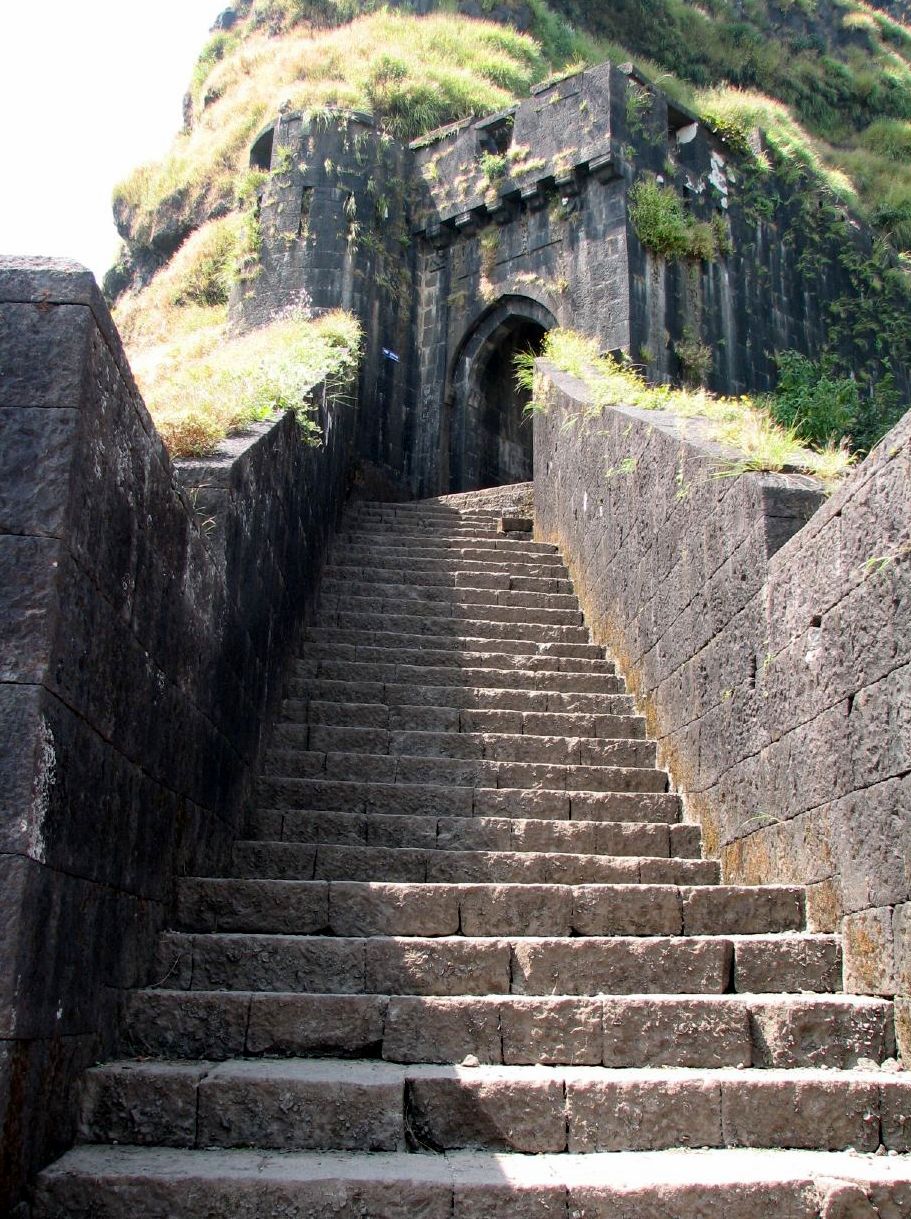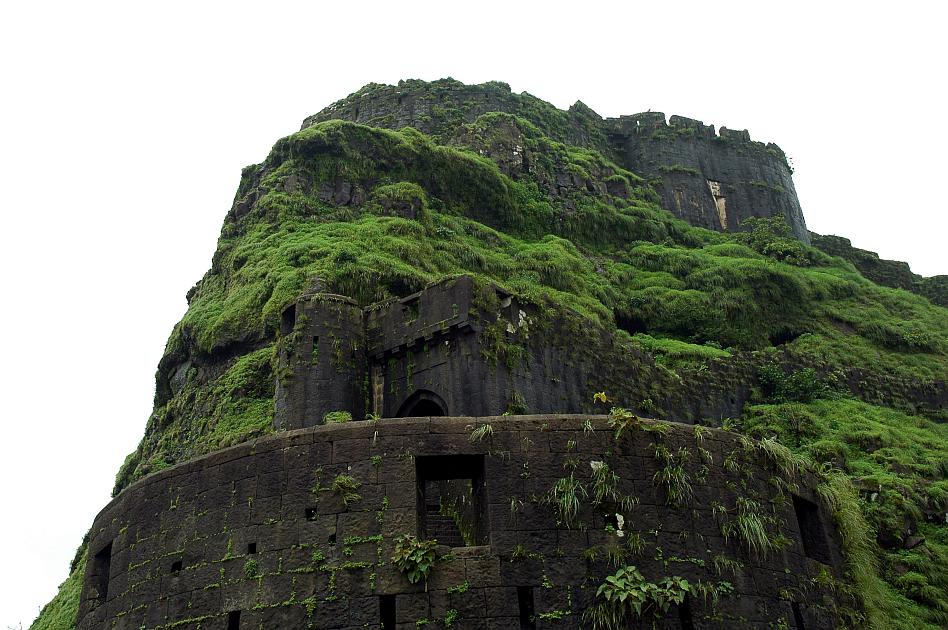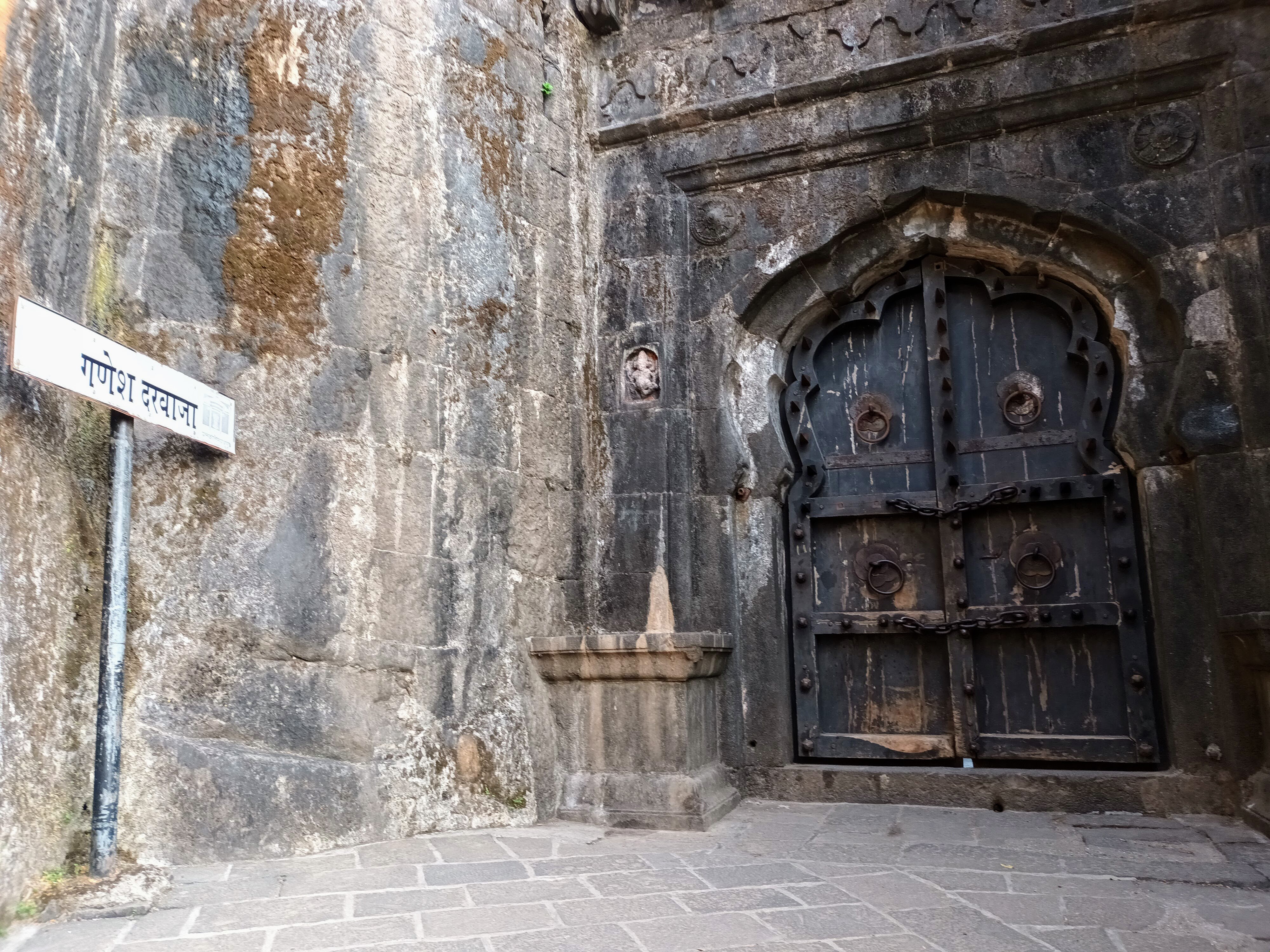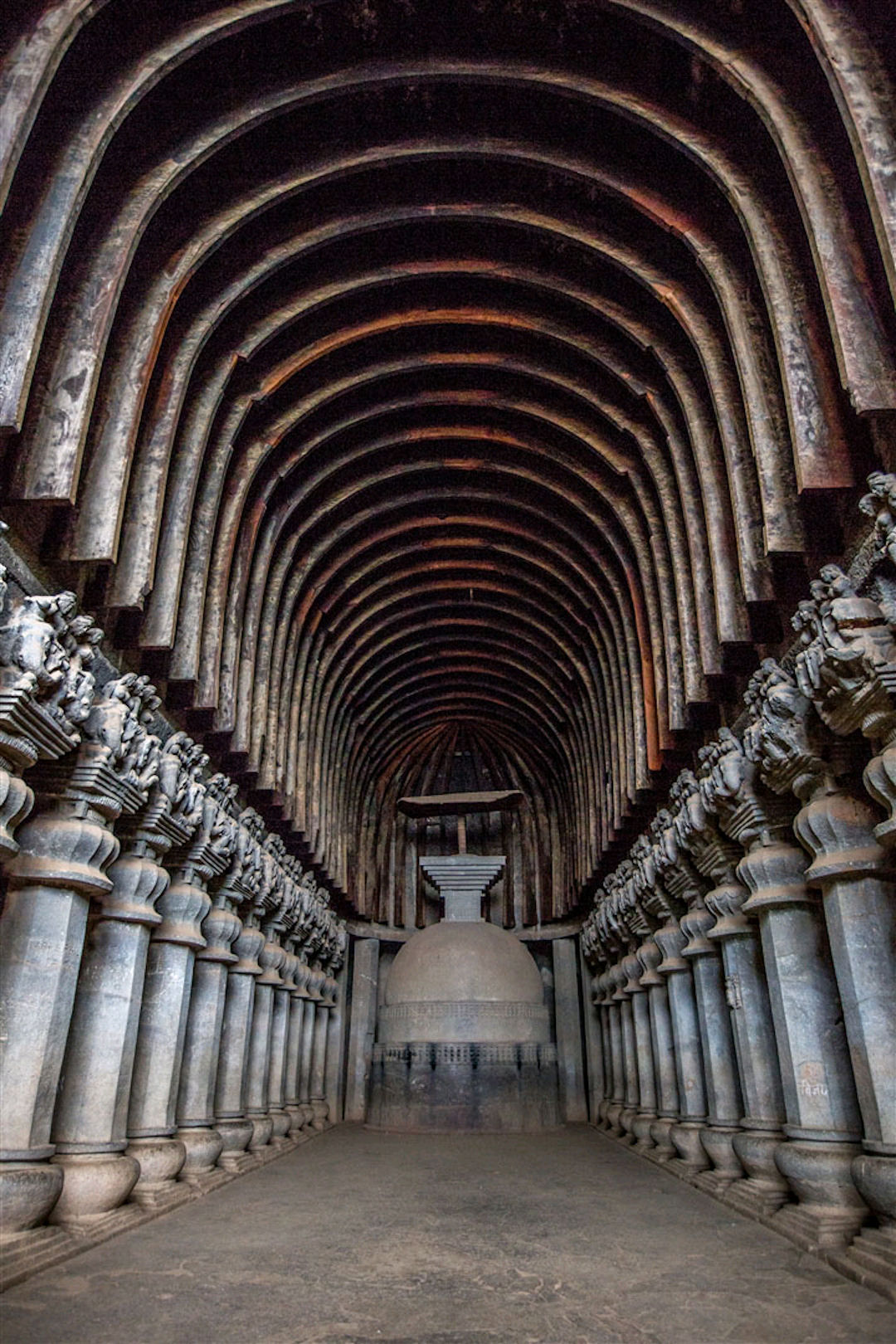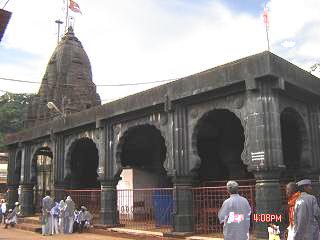Lohagad Fort stands as a testament to the complex military and cultural landscape of Maharashtra, embodying centuries of strategic significance and architectural brilliance. Nestled near Lonavala, this formidable structure has witnessed the rise and fall of multiple dynasties, each leaving an indelible mark on its stone walls and historical narrative.
The fort's earliest origins can be traced back to the 10th-century Lohtamia dynasty, marking the beginning of a long and tumultuous journey through Maharashtra's political landscape. Over subsequent centuries, powerful dynasties including the Chalukyas, Rashtrakutas, and Yadavas would claim and contest control, transforming Lohagad into a symbol of regional power and strategic importance.
The most defining period of the fort's history unquestionably belongs to the Maratha Empire, particularly during Chhatrapati Shivaji Maharaj's reign. In 1648, Shivaji captured Lohagad, initiating a complex narrative of military strategy and political maneuvering. Despite being temporarily surrendered to the Mughals through the Treaty of Purandar in 1665, Shivaji dramatically reclaimed the fort in 1670, establishing it as a crucial treasury for his expanding empire.
Architectural brilliance distinguishes Lohagad, with its intricate defensive design reflecting sophisticated military engineering of its time. Small, strategically placed gates and a maze-like structure were intentionally constructed to slow enemy movements, creating natural choke points that gave defenders significant tactical advantages. The Narayan and Hanuman gates, with the latter being the oldest, exemplify this intelligent architectural approach.
The Peshwa era brought another significant chapter to Lohagad's history, particularly through Nana Phadnavis's influence. During this period, the fort transformed beyond a mere military stronghold into a place of cultural and administrative significance. Nana Phadnavis constructed substantial infrastructure, including a large tank and step-well, demonstrating the fort's multifaceted role in Maratha governance.
Cultural significance permeates every aspect of Lohagad, extending far beyond its military utility. The fort houses a dargah, multiple tanks, and a Mahadev temple, illustrating the complex religious and social ecosystem that developed within its walls. These structures represent more than mere architectural elements; they are living testimonies to the diverse cultural interactions that shaped Maharashtra's historical landscape.
In contemporary times, Lohagad has been reimagined as a protected monument and popular trekking destination. Its elevation and connected trails to Visapur Fort make it an attractive site for both history enthusiasts and adventure seekers. While access is limited—with the fort closing by 6 PM and overnight stays prohibited—its panoramic views and rich historical context continue to draw visitors from across the region.
The fort's geographic positioning at 18.70889° N, 73.47667° W offers not just strategic military advantages historically but now provides breathtaking views of the surrounding Sahyadri landscape. Its preservation represents a commitment to maintaining Maharashtra's rich cultural heritage, ensuring that future generations can connect with and understand the complex narratives embedded in its ancient stones.
